The first time I clocked eyes on a Polar Bear on my TV I fell completely in love with them. When I found out where they lived I realised that it would be very unlikely in my life that I would ever see one in the wild.
In April 2015 as part of a University visit I went to Yorkshire Wildlife Park and it is a moment I will never forget. Walking around the back of the exhibit I had mixed feelings of a large mammal such as a Polar Bear in captivity, how we could house them without impacting their welfare.

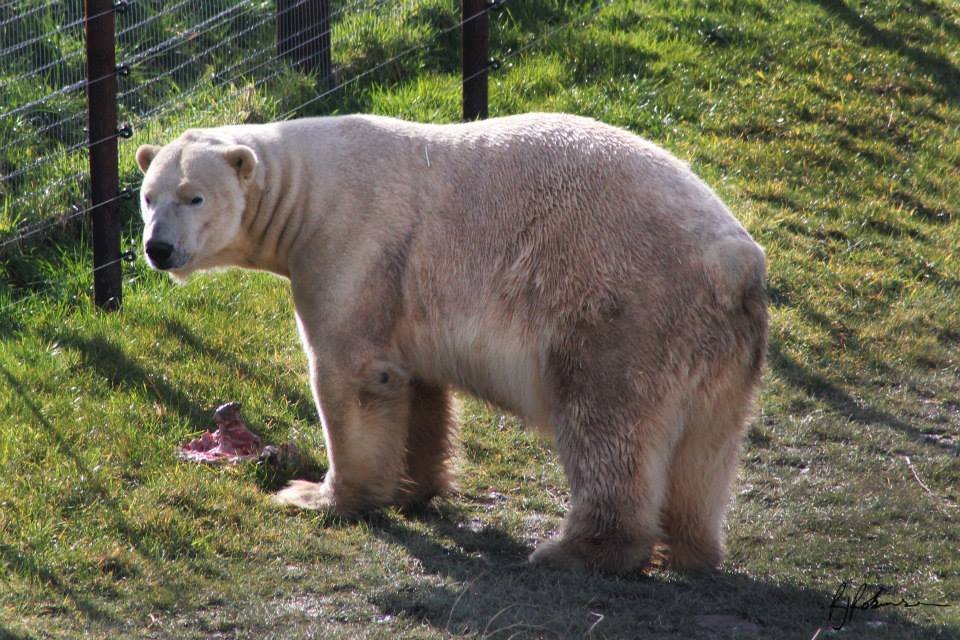

Polar Bear Description
The Polar Bear (Ursus Maritimus) are the largest land carnivores in the world and are classified as Marine Mammals, spending most of their lives out on the Sea Ice of the Arctic Ocean. Sitting at the top of the food chain in the Arctic region, they are the most carnivorous of all bear species feeding primarily on Ringed and Bearded seals yet have been known to eat Walrus, Beluga Whale, Bird’s Eggs, Whale carcasses and rarely seen vegetation.
_with_its_prey.jpg)
Source: Polar bear eating its prey
The Bear is stocky with a long neck, small head, short rounded ears and a short tail. The male weighs between 410 to 720kg and can grow to 1.6 metres tall to the shoulder and up to 2.5 metres in length. The bear is able to absorb heat from the sun as it passes through its thick fur to its
black skin with an insulating fat layer just below the skin surface. The soles of their feet are covered in hair to protect and insulate them against the snow and to enable them to move across ice and prevent them from slipping. They have strong sharp claws for gaining traction and used for digging in the ice and killing prey.The Polar Bears fur is made up of two layers- an outer layer that has long guard hairs and then a thick undercoat that has shorter hair. The coat has no white pigment as the hairs are hollow, this allows for the sunlight to pass through and get to their black skin easier.
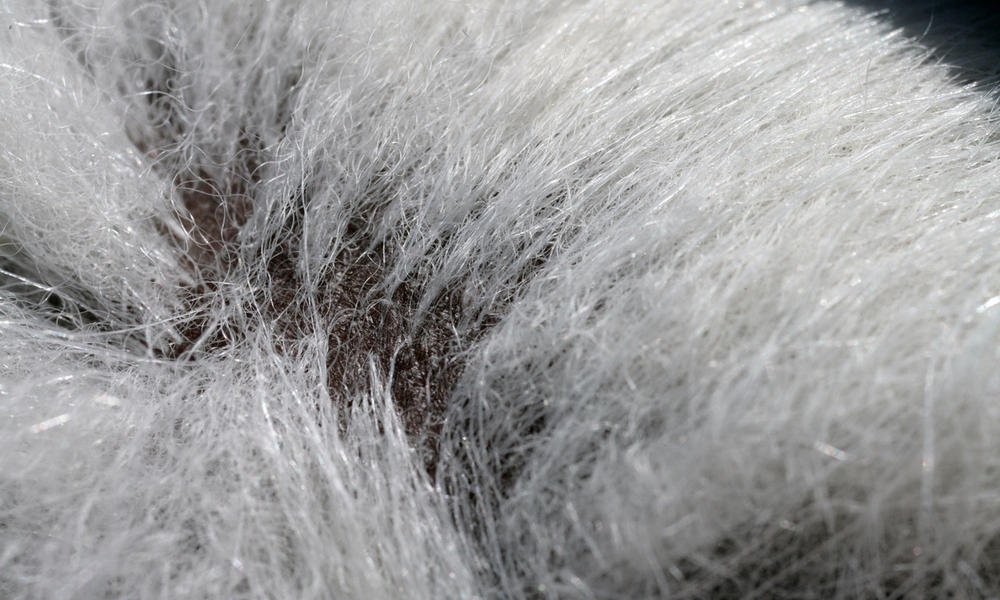
Source: The fur of the polar bear is hollow and transparent with two layers of coat and black skin to absorb more heat from the sun
Behaviour
Polar bears are dependent on the pack ice in the Arctic region where they spend the majority of their time hunting, mating and building dens. Generally, the bear is a solitary species with exceptions through the breeding and cub rearing season.
Polar bears are extremely strong swimmers where they have been found and recorded 200 miles away from land using their front paws to propel them in the water swimming like dogs with the hind feet held flat used as rudders. They can swim at a speed of 6.2mph and can swim under water at depths of 3-4 metres where they can remain submerged for around 1 minute.
I will hand over the Sir David:
The polar bears can make shallow dives when they are stalking prey, navigating through ice floes or when they search for Kelp. There is no known maximum dive duration however the longest bear dive observed and recorded lasted for a total of 3 minutes and 10 seconds that covered 45-50 metres without surfacing; it is estimated that a polar bear can dive no deeper that 8 metres.
Reproduction

Source: A Female bear about to leave her den with her cubs

Source: Polar bear and her cubs
Arctic Adaptations
Most Bear species thrive in dense Forests with highly bountiful Rivers flowing through the land, this type of environment offers many ambush opportunities for the Bears can as such hunting is not an overly difficult task. Polar Bears on the other hand live their lives in a much harsher environment, the Arctic plains offer very little in the way of cover or camouflage, therefore Polar Bears as species have had to evolve certain adaptations that allow them to thrive in this demanding environment.
- As mentioned Polar bears are white, or at least they appear to be, their Fur is colourless. Both their thick undercoat and outer hairs are hollow and transparent, they gain their White appearance as the air spaces in the hair scatter light of all colours, this also means that not all Polar Bears appear white and may appear much duller in colour in low light environments. Nevertheless, their appearance does help them blend in with their surroundings during the Autumn/Winter feeding months, in the summer it has the opposite effect and greatly reduces their ability to hunt as they are no longer concealed against their surroundings.
- They’re very well insulated, they have a thick layer of Fat under their skin, which when combined with their thick layer of Fur (roughly 15cm) produces a very heat efficient animal, they can easily cope with average temperatures of -29C and can survive in temperatures as low as -55C.
- They’re energy efficient, Polar Bears can dictate whether nutrients are spent on general metabolic activity or if they are used for generating heat, they achieve this by producing more Nitric Oxide than other species of Bear, Nitric Oxide functions as a signalling molecule and enables the aforementioned nutrient usage.

Source: A paw of an adult bear - They’re paws are huge, they have the largest paws of any land carnivore and when combined with their large claws they are very capable of manoeuvring through icy/snowy terrain.
- A large number of successful hunts occur from ambushes from the Ocean onto unsuspecting prey located on ice flows, Polar Bears have developed the ability to close their Nostrils, this prevents any unnecessary heat loss when swimming under water.
Threats
The Polar Bear is classified by the IUNCH Red List to be Vulnerable It is believed that there are only 20,000- 25,000 polar bears living in the wild with the IUCN predicting that the Polar ice cap to completely melt within the next 100 years. This will leave the Polar Bears without a habitat and will have a direct negative effect on the Bear population.
Climate change is the most serious threat to Polar Bears with the Arctic warming up twice as much as the global average. Arctic sea ice is a huge white reflector that sits at the top of our planet that bounces some of the sun’s rays back into space that helps keep the Earth at an even temperature. As the sea ice melts, it means there is less surface to reflect the sun’s rays, allowing more heat to be absorbed by the ocean that is magnifying the warming effect. The Arctic is crucial to keep our world’s climate in balance as well as protecting the home of the Polar Bear and four million people. With less Sea ice, this means an increase in shipping traffic that creates more pollution and collisions with wildlife, so much so that the WWF is now working with the Maritime Organisation to find a more safe and environmental friendly way of ships passing through both Arctic and Antarctic waters.
I will let Yorkshire Wildlife Park help me out here
Published in the journal Ecography, a new study found that polar bears are going to greater lengths to find food that they need. In 2012, up to 70% bears swam up to 49km which shows a 25% rise in the number of bears that covered this distance in 2004. In 2009, a female bear was recorded swimming over 400km over a period of nine days during which she lost her cub who had drowned and she had lost over 20% of her body fat but she somehow managed to survive after finding an ice floe that was sufficient in holding her weight. This has now become a common problem.
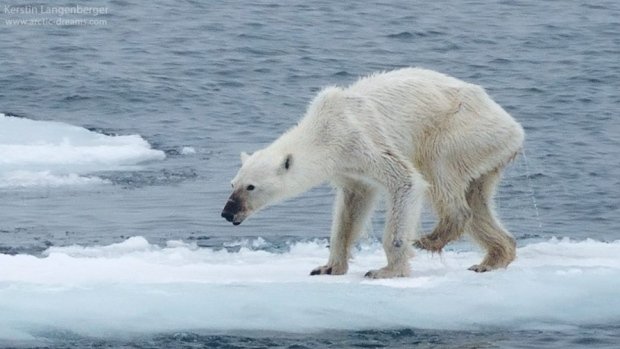
Source: A harrowing photograph that may become more common as bears are having a harder time finding food
Human Conflict

Source: A bear walking through a town causing conflicts between humans and wildlife
What you can do to help
Protected zones in the Arctic have doubled between 1991-2010 to 11% from 5.6% that means there are now 1,127 protected areas in the Arctic that covers 3.5 million sq km of land. the WWF is working with regional governments to create a further network of protected areas to help cope with climate change and increased human development.
There are many ways in which you can help Polar Bears and the climate:
- You can vote for the right political representatives that recognise that our carbon footprint is no longer sustainable.
- You can take part in raising awareness of how small lifestyle changes can make a huge difference, you can take part in planting trees, recycling and cycling to work or using public transport more often.
- Reduce your energy usage.
- Encourage your friends to recycle and become more sustainable with turning their lights off when leaving the room.
- Text bear46 £1 to 70070. All proceeds going to help polar bears in the wild.
You can find more ways here: Further Actions
More Polar Bear Facts
- Polar bears clean themselves in the snow by rolling around
- Polar Bears do not hibernate like others in the Ursid family
- Their nose is so sensitive that they can sense a seal from up to 20 miles away
- When they are not hunting the bear will rest for up to 20 hours per day – Wouldn’t that be nice?
Amavis Poo Fact
Keepers at Assinboine Park Zoo have been using glitter in the diets of their bears to allow them to track their health and happiness of each bear!
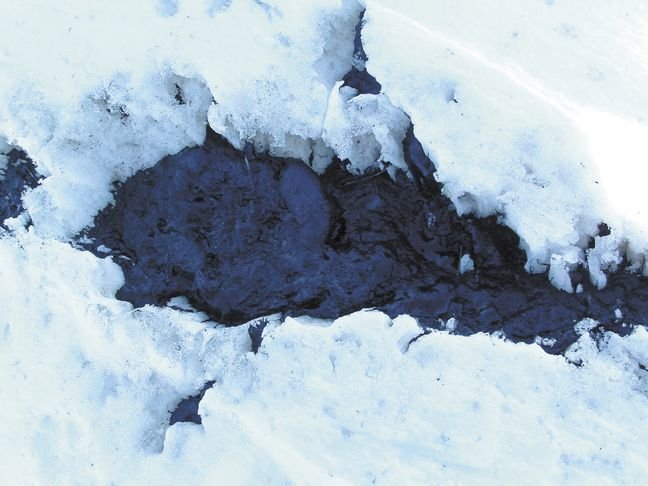
Source: _Polar Bear poop_
Upon arrival to the zoo, the Polar Bear will be given an assigned non-toxic glitter colour so samples of each individual bears can be collected until they reach sexual maturity that is mixed with their diet. The faecal matter is used to identify current health issues associated with unique Bears and the collection is allowing for researchers to perform a longer study of how Bears acclimate to Zoo life. The sample tracks the stress hormone cortisol levels of the young Bears during their first few months at the Zoo looking for spikes that can indicate to the keepers that they need to change something within the environment. This method of testing hormones is less invasive than blood draws that would require anaesthetising the Bear however this is performed for wild Bears.

Source: A mother and cubs
Amazing right?
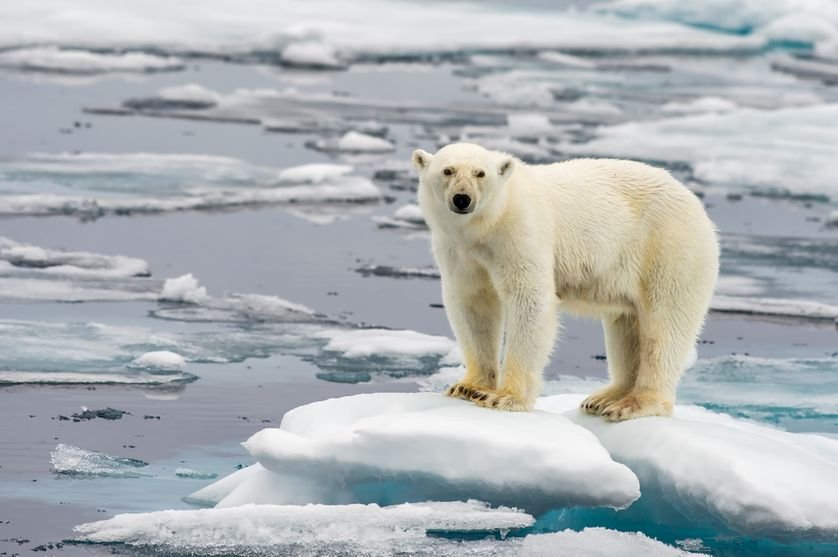
If we do not reduce our carbon footprints, we will be saying goodbye to the Arctics iconic and amazing animal.
If you enjoyed this edition of Amazing Animals you may be interested in some of my previous posts:
- Amazing Animals The Blue Whale
- Amazing Animals The Pangolin
- Amazing Animals The Emperor Penguin
- Amazing Animals The Giraffe
Content sources
1, 2, 3, 4, 5, 6, 7, 8, 9, Journal




